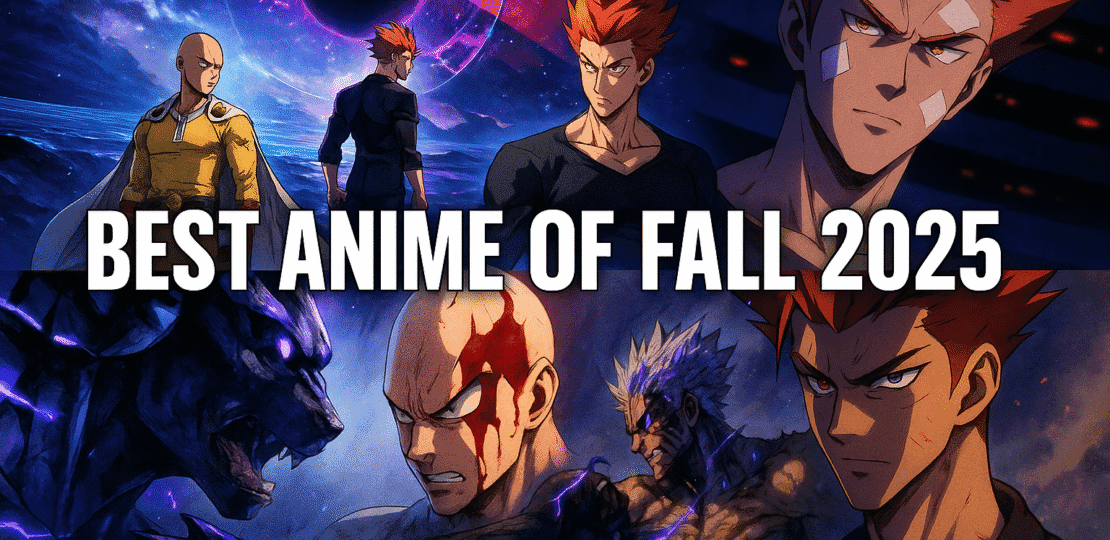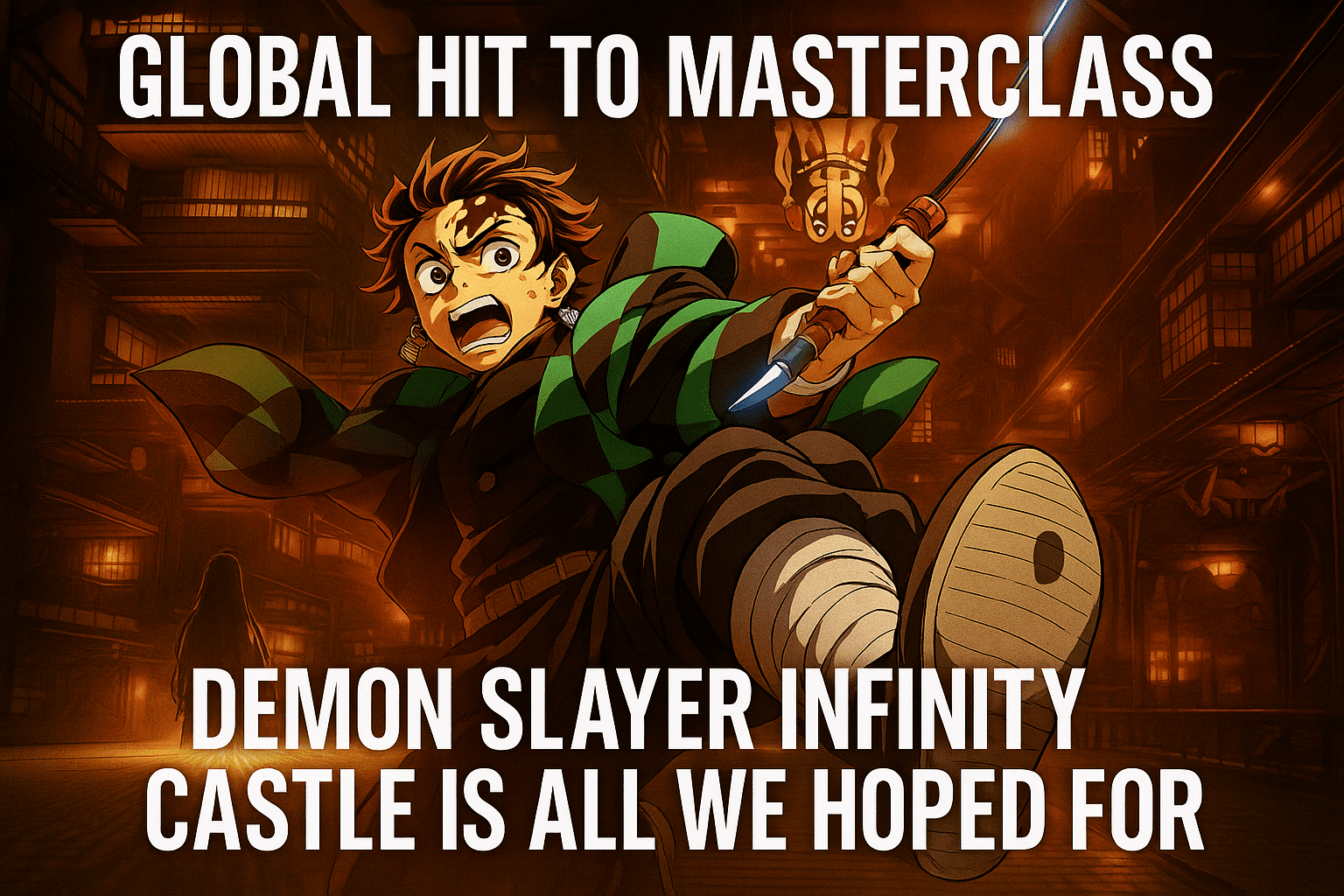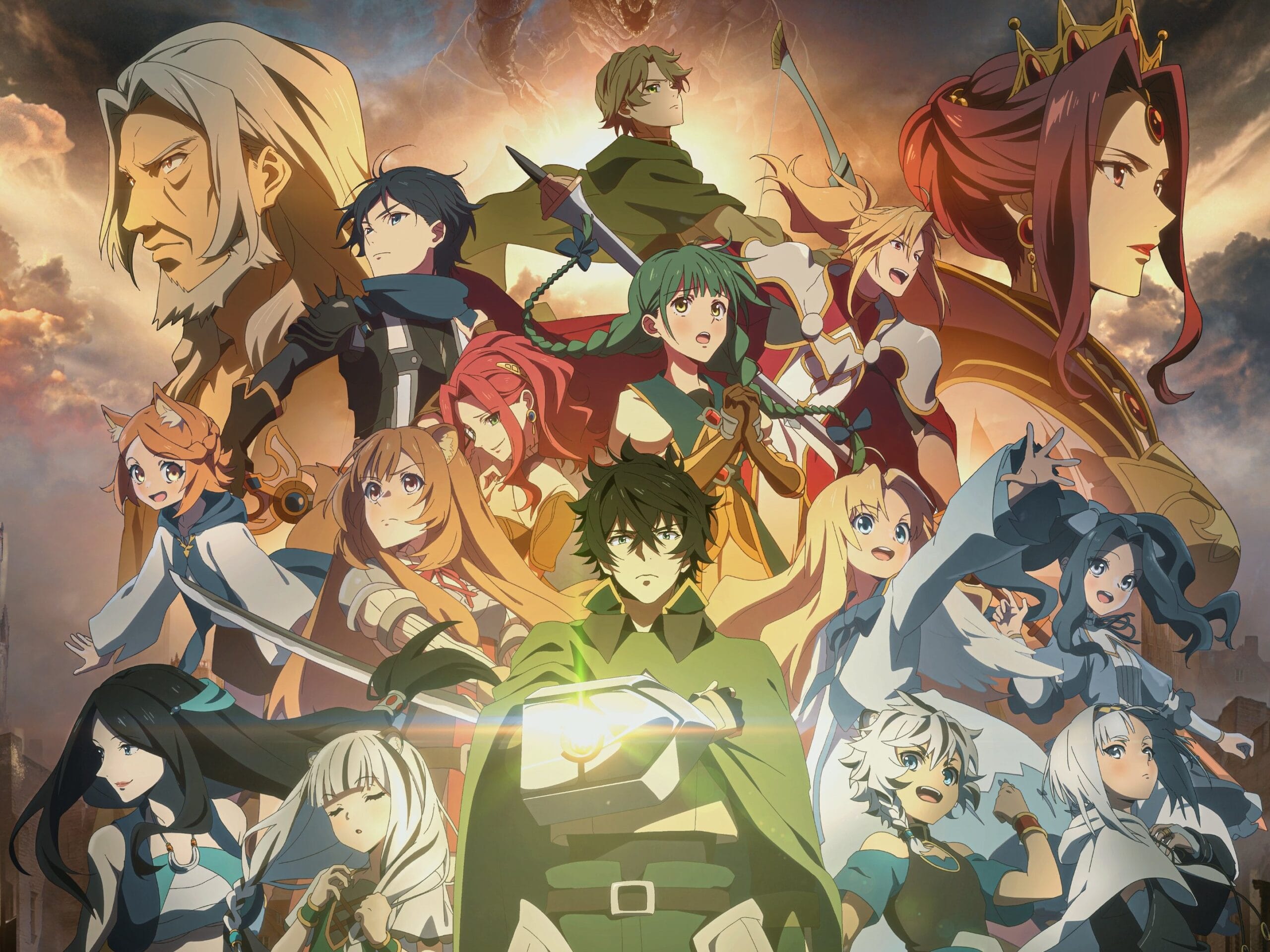One Punch Man Season 3: Why the Monster Association Arc Could Redefine the Series
September 3, 2025 | by Haku

After a six-year hiatus, One Punch Man Season 3 is finally set to premiere on October 5, 2025. Fans have waited with a mix of excitement and skepticism, especially after the polarizing reception of Season 2. But this return isn’t just another continuation—it has the potential to be the show’s defining chapter. With the legendary Monster Association arc at its core, major production upgrades from J.C. Staff, and a redemption narrative fueling anticipation, Season 3 could very well become the pinnacle of the franchise.
One Punch Man Season 3 Story Highlights
The backbone of One Punch Man Season 3 is the Monster Association arc, often regarded as the series’ magnum opus. Spanning more than 100 manga chapters, this is the longest and most explosive storyline yet, combining cosmic-scale battles with emotional storytelling and satire.
It begins with the kidnapping of a Hero Association executive’s child, a crime that forces the heroes to confront the Monster Association in their underground stronghold. What follows is a sprawling raid where S-Class heroes like Tatsumaki, Atomic Samurai, and Bang finally display their full power against dragon-level threats.
At the heart of the story is Garou, introduced in Season 2 as the “Hero Hunter”. His transformation is one of the most compelling in modern anime. Over the course of the arc, he bonds with the young boy Tareo, wrestles with his ideals, and mutates under the influence of a mysterious godlike being simply known as “God.” Eventually, he becomes a cosmic villain whose clash with Saitama spans the solar system and bends time itself.
Despite the grandeur of these events, Saitama remains the satirical core—bored, detached, yet invincible. His role as the ultimate counterweight to escalation reinforces the parody at the heart of One Punch Man. Yet this time, even he faces choices with philosophical weight, meeting Blast and glimpsing powers beyond imagination.
The Monster Association Arc as a Narrative Masterpiece
Fans and critics alike hail the Monster Association arc as the most destructive and layered battle in the series. Entire cities crumble under the chaos, yet the arc never loses its human edge. Heroes are tested, monsters reveal surprising depth, and Garou’s journey forces audiences to reconsider the nature of heroism.
What makes the arc so impactful is its balance. While Saitama’s effortless dominance continues to mock traditional shonen escalation, side characters finally get space to shine. Tatsumaki twists landscapes with psychic power, Atomic Samurai slices through hordes with unparalleled skill, and Child Emperor showcases raw ingenuity in desperate situations. Even Genos faces moments of sacrifice that deepen his bond with Saitama.
The climax delivers on every level: planet-shattering punches, apocalyptic visions, timeline resets, and philosophical questions about morality. It’s not just another fight arc—it’s the soul of One Punch Man pushed to its limits.
One Punch Man Season 3 Production Upgrades
One of the most talked-about aspects of One Punch Man Season 3 is whether J.C. Staff can redeem itself after Season 2. The studio has clearly taken lessons to heart.
Director Shinpei Nagai has emphasized a brand-new production pipeline, combining hand-drawn 2D animation with cutting-edge 3D CG to create smoother, more dynamic fights. Inspired by the visual success of Demon Slayer and Chainsaw Man, this hybrid approach aims to capture the arc’s overwhelming scale without sacrificing detail.
Crucially, J.C. Staff has streamlined its workload, reducing active projects to focus more resources on One Punch Man Season 3. Unlike the rushed six-month schedule of Season 2, this installment has benefited from over six years of preparation. Early comments from Nagai reflect both accountability and ambition—he’s approaching the project not just as a director but as a lifelong fan.
Returning Talent with Fresh Twists
Season 3 won’t just innovate—it will honor the legacy of the series. Composer Tomohiro Suzuki returns for script composition, ensuring tonal continuity. Character designer Chikashi Kubota refines Yusuke Murata’s iconic artwork, while Makoto Miyazaki once again delivers the soundtrack that fans associate with the franchise’s hype.
At the same time, fresh perspectives bring new energy. Art director Sakura Murakami and color designer Mayumi Tanahashi are adding sharper designs and modern touches to the visuals. JAM Project’s opening theme, now featuring a collaboration with BABYMETAL, promises to electrify fans, while the ending theme “Soko ni Aru Akari,” performed by Makoto Furukawa, provides an emotional anchor.
The returning voice cast, including Furukawa as Saitama and Hikaru Midorikawa as Garou, ensures authenticity in performance. These familiar voices ground the story, even as the animation and music push into bolder territory.
Season Comparison: Building on the Past
To understand why One Punch Man Season 3 could be the best yet, it helps to compare it with previous seasons.
- Season 1 (2015, Madhouse): Praised for fluid animation, sharp humor, and iconic battles like Saitama vs. Boros. Averaged 8.7/10 on IMDb.
.
- Season 2 (2019, J.C. Staff): Faithful in story but hampered by rushed pacing and animation stiffness. IMDb average fell to 7.5/10.
.
- Season 3 (2025, J.C. Staff): With six years of refinement, improved workflows, and the Monster Association arc’s epic scope, it could deliver 22–24 episodes of unmatched spectacle.
Season 3 is positioned as the bridge—taking the narrative expansion of Season 2 and aiming for the visual polish of Season 1, all while adapting the longest and most ambitious arc in the manga.
Character Depth and Thematic Resonance
While One Punch Man is famous for comedy and action, One Punch Man Season 3 elevates its emotional core. Garou’s transformation from villain to tragic figure is one of the richest arcs in modern anime, exploring themes of power, isolation, and flawed heroism.
S-Class heroes who were once background figures step into the spotlight, each revealing unique struggles and motivations. The Hero Association itself is scrutinized, exposing corruption and laying the groundwork for the rise of the Neo Heroes. Meanwhile, Saitama’s satirical role deepens—his casual boredom becomes a quiet exploration of existential isolation.
These layers transform the arc from pure spectacle into something more reflective. It critiques institutions, explores the futility of unchecked power, and still finds room for humor through Saitama’s absurd interventions.
Fan Expectations and Cultural Impact
The buildup to One Punch Man Season 3 has been charged with cautious optimism. Online discussions on Reddit and X show fans acknowledging past disappointments but excited about the new direction. Many view it as a redemption arc for J.C. Staff itself, while others point to the arc’s inherent strengths as enough to overshadow any lingering doubts.
The October 5 premiere comes during a competitive fall anime season, but One Punch Man carries cultural weight that ensures attention. Crossovers like Fortnite skins keep the franchise in mainstream conversation, while manga sales and the enduring popularity of the webcomic guarantee a dedicated audience. If executed well, Season 3 could spark viral moments on par with Season 1’s Boros fight—clips of Garou’s cosmic transformation or Tatsumaki’s psychic rampage are tailor-made for global hype.
Why One Punch Man Season 3 Could Be the Best Yet
Ultimately, One Punch Man Season 3 combines every element needed for success: an unparalleled source arc, production upgrades that address past flaws, a strong mix of returning and new staff, and a fan base eager for redemption. The Monster Association arc doesn’t just promise action—it delivers character development, satire, and philosophy on a scale few anime ever attempt.
If J.C. Staff lives up to its promises, this season could surpass even the brilliance of Season 1. It would not only restore One Punch Man’s reputation in the anime landscape but potentially cement it as one of the most memorable shonen adaptations of all time. As Saitama himself might put it, it’s time for one serious punch—aimed squarely at greatness.
RELATED POSTS
View all


